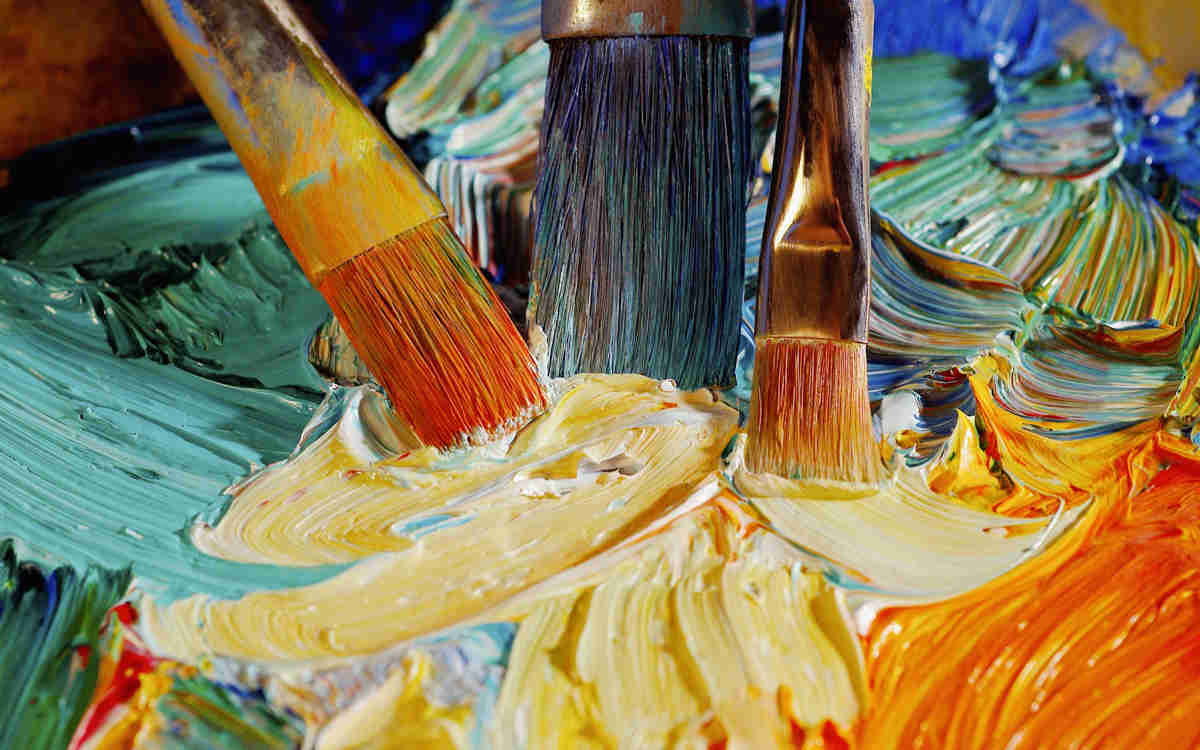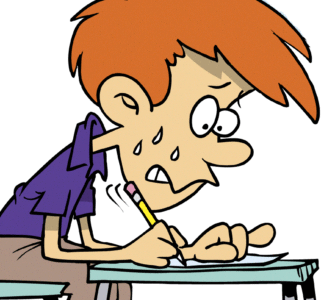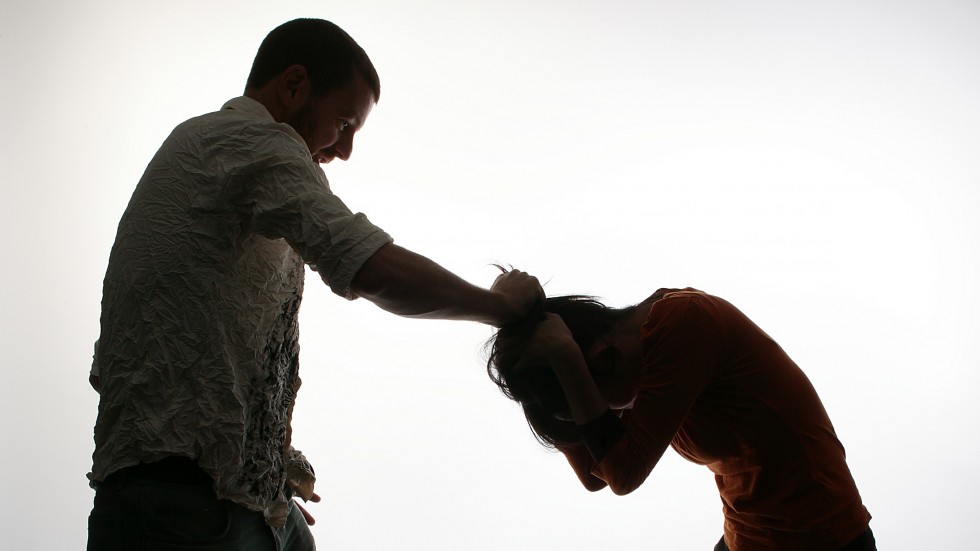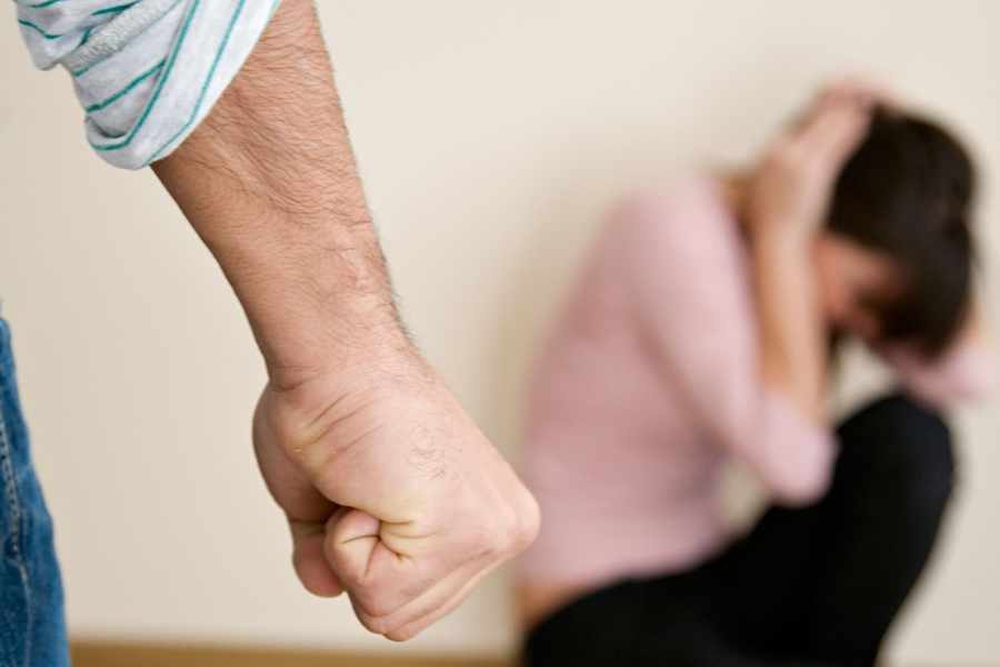
By:- Reshma Shaikh
“Mental Health” is one of the most important aspects of our life. It includes our emotional, psychological, and social well-being. It also helps determine how we handle stress, relate to others and make choices in our life. Mental disorders can affect anyone of any gender, race or age. But it is true, that some mental problems are more common among women. Various risk factors (such as discrimination, trauma, and stressful life experience) put women at greater risk of poor mental health than men. Practically, women face various physiological changes during pregnancy and child birth. These physiological shifts play a significant role in mental illness. And then parenting is one of the most challenging responsibilities for women.
Motherhood has twenty-four hours in a day, seven days in a week responsibilities. Clean home, happy husband, intelligent and well-behaved kids…we always had a pressure to create a perfect lifestyle for our family, making us makes us completely exhausted at the end of the day. Sometimes, it is truly physically, mentally and emotionally draining. Also, financial insecurities, relationship demands and higher expectations from kids, raise our blood pressure involuntarily.Even sometimes the flow of negative thoughts makes us depressed too. And all these symptoms indicate a most common mental condition that affects most of the moms. It is a “typical mommy meltdowns” that creates an obstacle in our otherwise peaceful life.
Unfortunately, approximately 70% of mom, say that parenting is really hard and stressful. About 96% moms also feel that we are far more stressed than our mothers were. Depression can be challenging. If you have experienced it, then you know that the most basic tasks can become excruciating and leave you feeling apathetic and drained of your willpower. Simple tasks like getting out of bed, doing the laundry, and playing with your children may be daunting. While talk therapy and medications may be helpful, they are not the only solutions to relieving symptoms. This is where Art Therapy comes in.
Experts suggest various strategies for dealing with Mommy stress. And while discussing about, mommy stress I would love to share a personal experience that has helped me a lot. And I am hoping that it will help others too.
There are days, when I feel pressurised with multitude responsibilities. Whenever, I feel overwhelmed with the intensity of negative emotions, I always prefer to move towards creativity. I love to immerse myself into the beautiful world of colours. And as soon as I put brush on canvas or just colour the pictures with colour pencils, I feel an immediate transition in my mental status. Within a moment my agony gets put on hold. I instantly feel an ability to fight. Just the act of creating art (not necessarily a masterpiece) with beautiful colours gives me an immense sense of relief in holding the flow of negative thoughts.
What is Art Therapy?
You may be wondering, what exactly is Art Therapy? How do I know if it’s right for me? Do I need special skills or training? The answer is, anyone can benefit from Art Therapy. Remember, art is a universal language. Therefore, it can be used to assist people of all ages, from children to the elderly, and all stages along the way.Art Therapy is a form of expressive therapy that uses the creative process of making art to support individuals struggling with emotional and behavioural difficulties, physical limitations, and mental illness.
In Art Therapy, there is an additional tool- the artistic process .This offers an opportunity to combine both verbal and non-verbal exploration in one psychotherapy experience. It is often easier to communicate through these means, which many find less threatening, working through tough issues in a creative way. This allows for deeper insight and growth.
Words Do Not Express
It can be difficult to open up to a complete stranger about your deepest and darkest emotions. Sometimes, we are taught to suppress our emotions and put on a blank face, even when experiencing inner turmoil. In art therapy, words are not always necessary. A mere lump of clay or a blank canvas can be far less threatening than giving voice to painful feelings, words, or images. The simple act of a scribble on paper can bring light to darkness, ignite conversation, or be a release for a depressing thought. Because something cannot be heard by the human ear does not mean that nothing is being said or revealed. Once you have created and externalized a part of yourself as something concrete and tangible, it is easier to acknowledge that such an emotion existed in the first place. By creating, you give yourself permission and voice to that which is difficult to speak. You might feel a sense of relief or a movement of your depression once you have transferred it onto your canvas. Art therapy supports our process when words are not enough.
Creating One’s Own Happiness
Research shows that when we observe something that we believe to be beautiful, the neurotransmitter dopamine—located in one of our pleasure centres in the brain—is released. Interestingly, the brain activity observed when we look at art is actually comparable to the brain activity representing love! It’s nice to know that in addition to having created your own art, positive feelings increase.According to famous psychologist Gloria Martinez Ayala, when colouring, we activate different areas of two cerebral hemispheres. The action involves both, logic by which we colour forms and creativity when we match and mixed colours. This incorporates the areas of the cerebral cortex involved in vision and fine motor skills. Thus this activity ultimately lowers the activity of Amygdala, a basic part of our brain that involved in controlling emotions that are affected by stress.
In addition to supporting individuals with everyday stressors, art therapy has been used to successfully improve communication, increase self-awareness, decrease stress, develop closer relationships, improve mood, and decrease disruptive behaviours and attitudes. Art Therapy can be used as an intervention to support those in dealing with a number of other issues including:
• Learning disabilities
• Grief/loss
• Behavioural issues
• Bullying
• Trauma
• Fears or Phobias
• Challenges of a physical illness or disability
• Mental illness
You do not need any special skills or art training to participate in or benefit from art therapy. The emphasis is on the process. Though there are other types of expressive therapies (such as the performing arts), expressive art therapy as discussed here typically utilizes more traditional forms of art…such as painting, drawing, sculpture, or other types of visual art expression.There is no definitive or correct way for clients to create in Art Therapy sessions; clients can create whatever comes to mind or create spontaneously.
What Does an Art Therapist Do
They are Certified Masters when it comes to using art as a springboard for everything from a general assessment of another person’s state to treatment for aiding serious illness. Art therapists can work with people of all ages, sex, creed, et al. They can help an individual, a couple, a family, or groups of people and depending on the situation, there may be numerous therapists working together as a clinical team.
Art therapists are trained to pick up on nonverbal symbols and metaphors that are often expressed through art and the creative process, concepts that are usually difficult to express with words.Only in this unique field are therapists performing what is considered by traditional psychoanalysts to be the hardest of tasks: getting those with depression to proactively express, manage, and overcome their symptoms … with the end result being something truly beautiful.
There are so many uses and benefits to expressive arts therapies that can help drastically improve people’s lives, especially women for a plethora of reasons. Even if you don’t need serious help, it can be a great way to release stress after a long work week.
Have ever tried to explore the beautiful world of colours? What are your thoughts? Please share with us at write2stree@gmail.com
Be bold, be creative, and be expressive and give art therapy a try!













